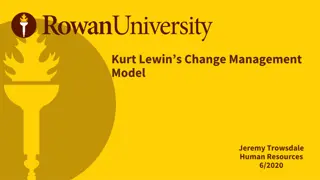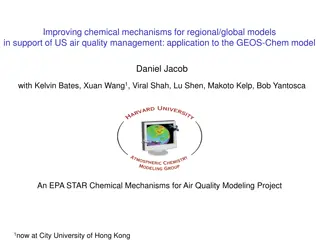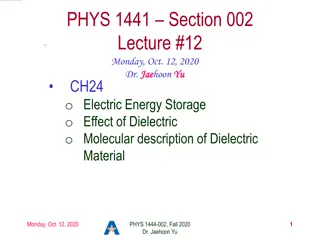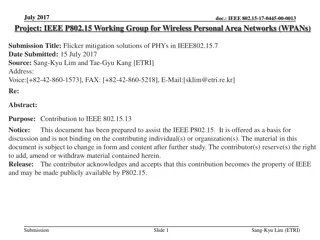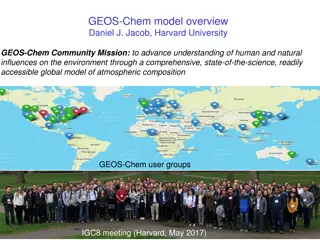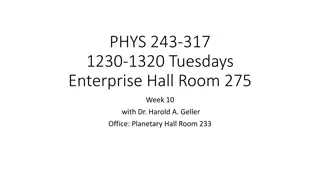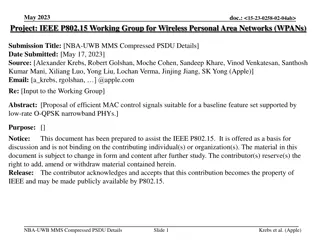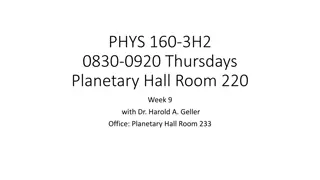
Observable Changes in Matter: Physical vs. Chemical Properties
Discover the distinctions between physical and chemical properties of matter, exploring examples of changes that do or do not alter the substance's identity. Learn how to observe properties without needing to identify the substance. Dive into the world of reversible and irreversible changes in matter.
Download Presentation

Please find below an Image/Link to download the presentation.
The content on the website is provided AS IS for your information and personal use only. It may not be sold, licensed, or shared on other websites without obtaining consent from the author. If you encounter any issues during the download, it is possible that the publisher has removed the file from their server.
You are allowed to download the files provided on this website for personal or commercial use, subject to the condition that they are used lawfully. All files are the property of their respective owners.
The content on the website is provided AS IS for your information and personal use only. It may not be sold, licensed, or shared on other websites without obtaining consent from the author.
E N D
Presentation Transcript
These changes in matter do not result in a substance with a new _______. In other words the ________ of the substance remains the same before and after the change Examples: MELT BOIL FREEZE CONDENSE SUBLIME DEPOSIT EVAPORATE CUT MIX FILTER GRIND DISSOLVE STIR DECANT CENTRIFUGE These changes do not involve bond ________ and bond __________.
These changes in matter result in a substance with a new _________. In other words the _________ of the substance is altered due to the change. Examples: REACT ROT SPOIL DECAY RUST OXIDIZE REDUCE CORRODE BURN EXPLODE COOK CHARGE RECHARGE DECOMPOSE DIGEST RESPIRATION COMBUSTION PHOTOSYNTHESIS FERMENT These changes do involve bond _________ and bond _________.
These properties of matter are observable without any accompanying _________ in identity. You need not ________ the identity of the substance to observe these properties. Examples: COLOR MASS VOLUME LENGTH MAGNETISM TEMPERATURE HARDNESS LUSTER MALLEABILITY CONDUCTIVITY AREA WEIGHT TEXTURE DENSITY MELTING PT BOILING PT DIAMETER RADIUS HEIGHT SOLUBILITY ___________ vs. ___________ Physical Properties
These properties of matter are observable only with an accompanying ________ in identity of the substance. You must ________ the identity of the substance to observe these properties. Examples: CORROSIVE FLAMMABLE REACTIVE EXPLOSIVE TOXIC OXIDIZER REDUCER POISONOUS CAUSTIC COMBUSTIBLE Because these properties require a change in identity, they are usually just _________ forms of the chemical changes already mentioned.
1) There is no change in molecular/atomic identity. 2) These changes are generally easily reversible.
1) Formation of a ___________. 2) Appearance of a new ___________. 3) Energy _______________. 4) Energy _______________. 5) After mixing together two _______________, a ________ _______________ forms. There is a change in molecular/atomic identity. Generally speaking chemical changes are not easily ____________________.

